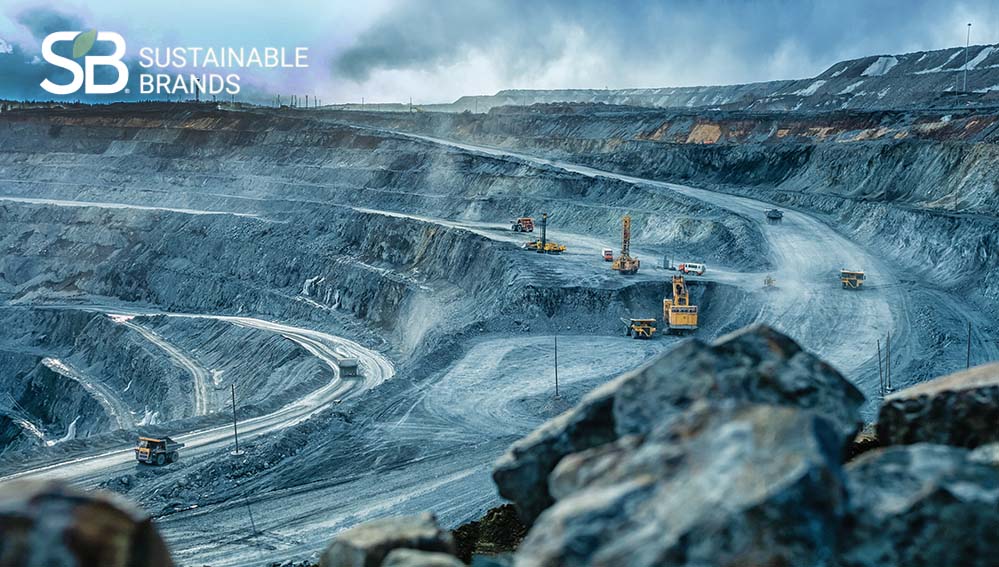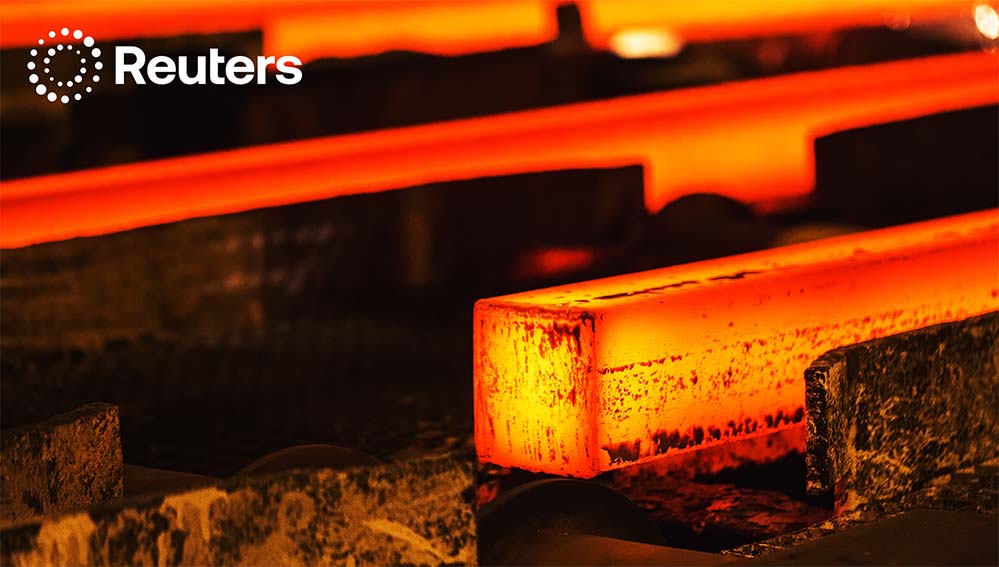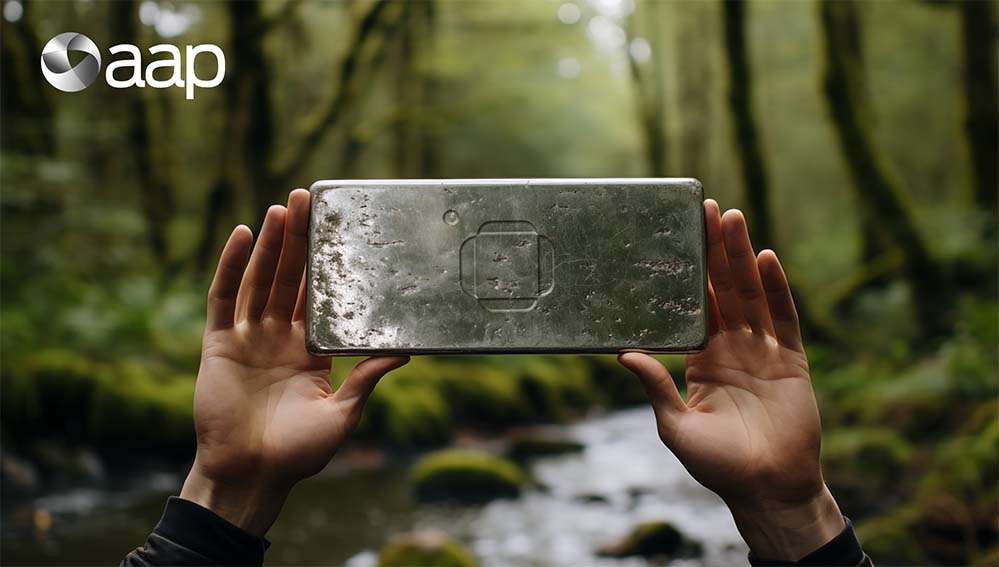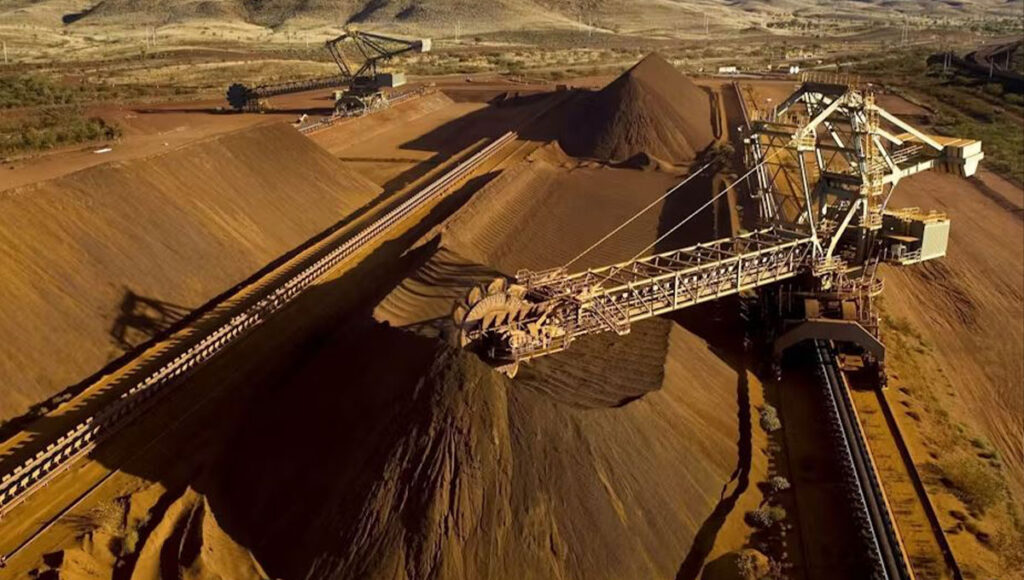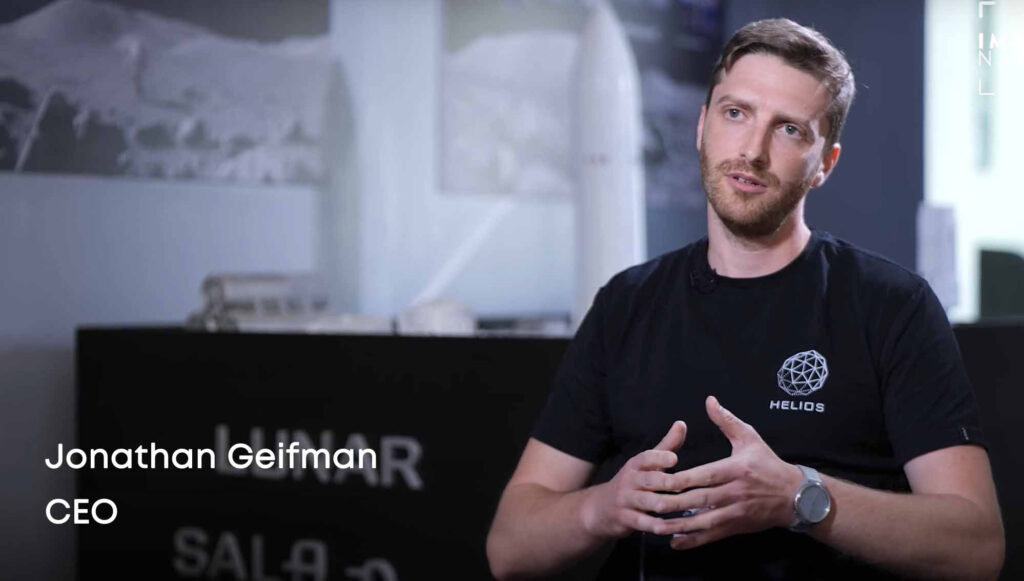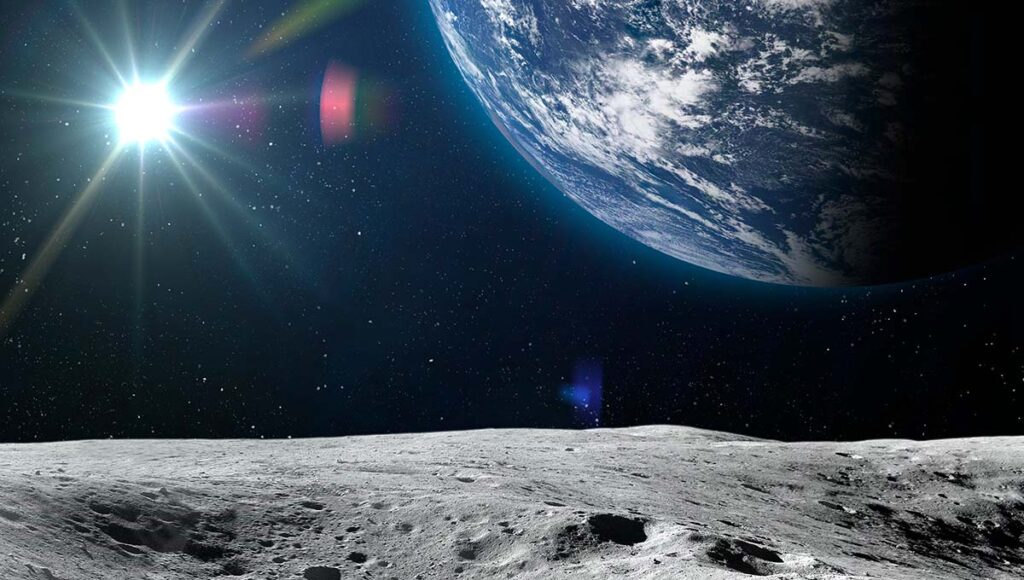
Imagine a lunar city: gleaming towers harnessing sunlight, rovers mining alien soil, and rockets fueled by the Moon itself. This isn’t a sci‑fi dream, it’s the vision laid out in DARPA’s 2025 Commercial Lunar Economy Field Guide, a 230‑page blueprint for building a self‑sustaining, profitable lunar economy by 2035.
The guide paints a future where the Moon becomes more than a destination. It becomes an operational hub, a launchpad for Mars and beyond, a source of critical resources, and a testbed for innovations that reshape life on Earth. This future is closer than it looks, because progress, like in AI, follows exponential curves that humans often struggle to intuitively grasp. What feels distant today will accelerate rapidly once the enabling technologies align.
The DARPA LunA‑10 Initiative
At the core of this vision is LunA‑10, a first-of-its-kind US Department of Defense initiative led by DARPA, the same agency that brought us the internet and GPS. Unlike past lunar missions, which were isolated efforts, LunA‑10 focuses on building a commercial lunar ecosystem.
DARPA handpicked 14 companies, ranging from aerospace giants to nimble innovators, each tasked with a piece of the puzzle:
- Power and energy systems to survive the two‑week lunar night.
- Mining and in‑situ resource utilization (ISRU) to turn lunar regolith into oxygen and metals.
- Communications, navigation, and timing (PNT) to enable a connected lunar surface.
- Transportation, logistics, and landing infrastructure to move resources and equipment efficiently.
The magic of LunA‑10 lies in interoperability. Instead of siloed projects, these companies are designing technologies that work together: power grids link to resource hubs, rail networks connect landing pads, and waste streams from one process feed another. This integrated approach dramatically lowers the million‑dollar‑per‑kilogram cost of shipping supplies from Earth and sets the stage for true lunar industrialization.
Helios’ Role: Oxygen and Metals from Lunar Soil
Among the core challenges for a lunar economy, one stands out: the need for local oxygen and metals. Without them:
- Rockets can’t refuel, making deep‑space travel prohibitively expensive.
- Life support systems rely entirely on resupply from Earth.
- Construction requires launching heavy materials through Earth’s gravity well.
Helios focuses on solving exactly this. Our technology converts lunar regolith, the Moon’s dusty surface material, into oxygen and metals:
- Oxygen is produced both for life support and as rocket propellant.
- Metals like iron and Deoxygenated Regolith (DORTM) can be used for local construction, enabling habitats, landing pads, and infrastructure.
This capability is critical because it turns the Moon from a liability, entirely dependent on Earth, into a self‑sufficient outpost, capable of supporting long‑term human presence and commercial activity.
Being included in DARPA’s Commercial Lunar Economy Field Guide is more than recognition; it is an external validation that this technology is foundational to the US vision for lunar industry. For Helios, it also represents a rare milestone in global collaboration: as the only international (Israeli) company in LunA‑10, we successfully navigated complex legal, IP, and security hurdles to contribute to this shared lunar blueprint.
From the Moon Back to Earth
The twist in our journey is that lunar innovation can transform industries on Earth.
The process we developed for the Moon inspired the Helios Cycle™, a sodium‑based, closed‑loop process that can extract metals like:
- Iron – the backbone of the $1.6 trillion steel industry.
- Nickel, cobalt, chromium, copper and more – essential for batteries, electronics, and energy infrastructure.
Traditional methods for extracting these metals are carbon‑intensive, expensive, and often limited to high‑grade ores. In contrast, the Helios Cycle™:
- Operates on lower‑grade ores, unlocking resources previously considered uneconomical.
- Cuts OPEX by 25%-50%.
- Produces no emissions, releasing only oxygen as a byproduct.
This innovation could unlock domestic mineral resources and decarbonize industries like steel and batteries, turning a space technology into a driver of industrial resilience and climate solutions on Earth.
A Bridge Between Earth and Moon
The story of Helios in LunA‑10 carries a larger message: technologies built for the harshest frontiers often solve the hardest problems at home.
Space forces us to think in closed loops: no waste, no excess energy, no second chances. The same mindset can transform terrestrial industries, making them leaner, cleaner, and more resilient.
